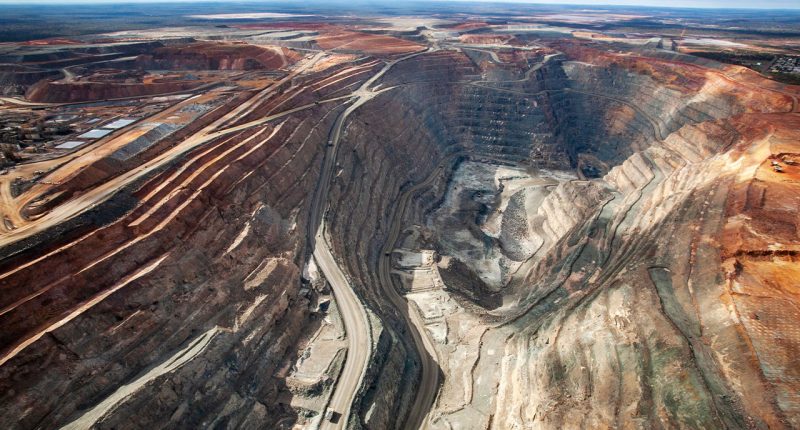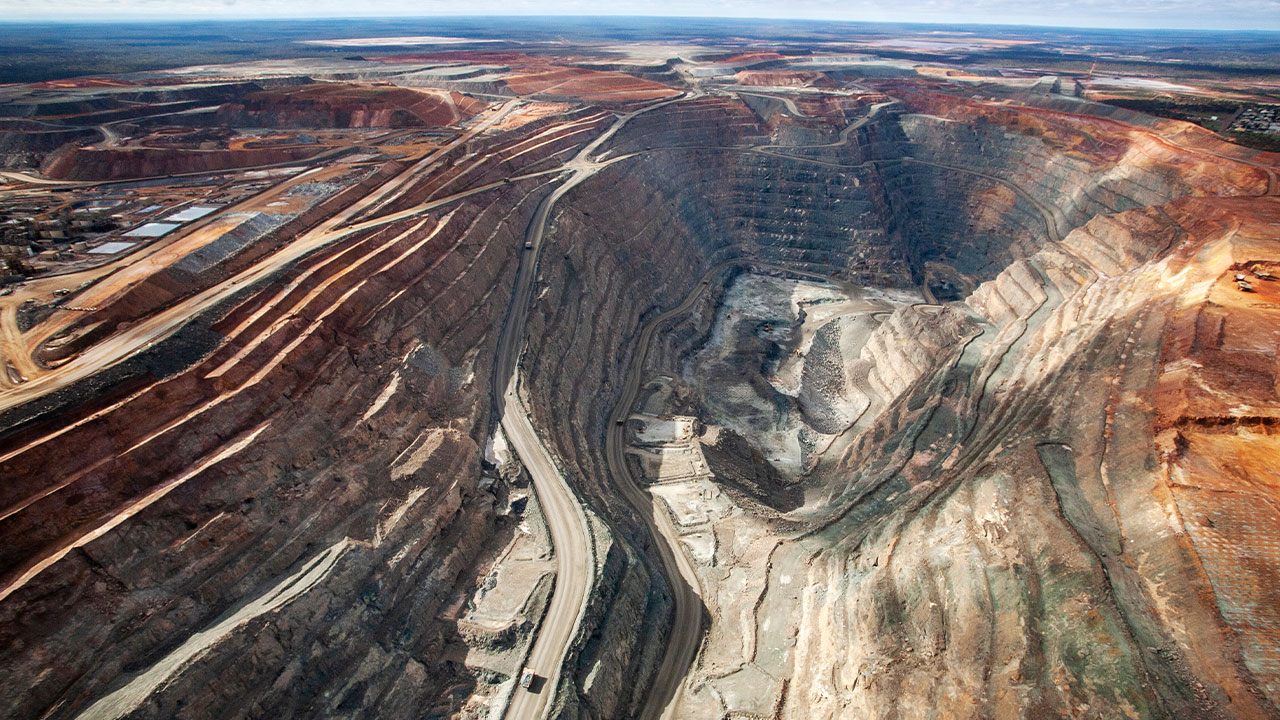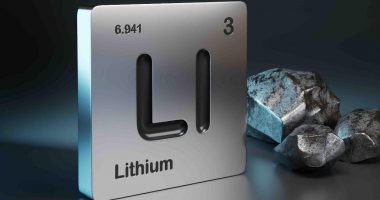- Kin Mining (KIN) has received final assay results from its December 2019 aircore drilling program at the Cardinia Gold Project
- Results have identified new shallow, large, ore grade zones of mineralisation at Lewis East, and broad areas of anomalous alteration at Lewis West
- The program consisted of 7881 metres of aircore and 880 metres reverse circulation drilling across six key target areas
- High grade results grading up to 11.6 grammes per tonne of gold were intersected
- Results are now been interpreted and integrated with historical drill data and drill programs will be planned following this
- Kin Mining has ended the day 12.8 per cent in the green with shares trading for 4.4 cents apiece
Kin Mining (KIN) has received final assay results from its December 2019 aircore drilling program at the Cardinia Gold Project.
Results have identified new shallow, large, ore grade zones of mineralisation at Lewis East, and broad areas of anomalous alteration mineralisation at Lewis West.
All targets drilled are within five kilometres of the proposed Cardinia processing plant site.
The program consisted of 7881 metres of aircore (AC) and 880 metres of reverse circulation (RC) drilling across six key target areas.
The targets are prospective for gold-rich sulphide replacement and epithermal vein-hosted gold mineralisation.
“The 2019 aircore drilling program completed in December has been highly successful and supports our key objective of identifying new zones of mineralisation with potential to enhance the current CGP (Cardinia Gold Project) mine plan as outlined in the pre-feasibility study completed in mid-2019,” Managing Director Andrew Munckton said.
“The campaign has confirmed our belief that the Cardinia area holds substantial zones of high grade gold mineralisation within broader zones of alteration containing lower grade mineralisation in addition to the mineral resources that have previously been defined,” he added.
Lewis East
The Lewis East prospect is a 1.4 kilometre-long surface gold anomaly that is located one kilometre from the proposed Cardinia processing plant and 300 metres east of the proposed Lewis Pit.
The December 2019 AC drilling consisted of a number of lines with drilling aligned to target the northeast-dipping lodes observed in the nearby Lewis Trial Pit.
A total of 47 holes were completed with significant results including 4 metres at 11.6g/t gold from 8 metres, 7 metres at 1.53g/t gold from 28 metres, and 16 metres at 1.33g/t gold from 8 metres.
In light of these recent RC results, historical drilling results have been re-interpreted into a number of northeast dipping lode structures similar to those encountered at its Bruno, Comedy King and Lewis prospects.
Historical intersections include 1 metre at 34g/t gold from 15 metres, 2 metres at 6.6g/t gold from 4 metres, and 9 metres at 2.5g/t gold from 30 metres.
Mineralisation is associated with potassic alteration and disseminated sulphides in felsic volcanic rocks. that are similar in appearance to other potassic altered zones encountered at the Bruno Lewis deposit to the west.
Assays for the one metre re-spits of anomalous mineralisation at Lewis East are pending.
Lewis West
The Lewis West prospect is a large gold in soil anomaly that is located west of the Lewis deposit.
Limited historical drilling has produced intercepts of up to 1 metre at 22g/t gold.
It is interpreted that the soil anomalism is situated above northeast-dipping lodes, similar to those seen at Bruno, Lewis East and Lewis.
Two lines of AC drilling totalling 43 holes for 641 metres was completed beneath the extensive soil anomaly.
Results include 4 metres at 0.93g/t gold from 8 metres, 16 metres at 0.38g/t gold from 0 metres, and 16 metres at 0.35g/t gold from 0 metres.
Geological logging shows a broad range alteration halo with narrow zones of quartz veining and alteration in mafic rocks.
On the eastern side of the AC drilling, historical drilling results have been re-interpreted into a northeast dipping lode structure.
Historical intersections include 1 metre at 9.6g/t gold from 83 metres, 6 metres at 4.2g/t gold from 9 metres, and 3 metres at 3.6g/t gold from 18 metres.
“These latest results confirm the presence of large zones of epithermal vein style mineralisation with occasional high grade gold zones within broader areas of lower grade alteration at Lewis East,” Andrew stated.
“The results to date are indicative of a large mineralised system at Cardinia consistent with the crosscutting Lewis Fault and its other parallel subsidiary faults. These structure will be the key target areas in our future exploration program,” he concluded.
Results from all programs are now being evaluated, integrated with historical drill data, and other multi element information.
Kin Mining is now planning drill programs following the geological interpretation and targeting work.
Key targets include the extensions of high grade vein style mineralisation at Comedy King, strike and depth extensions of Cardinia Hill, infill drilling at Lewis East, and extension drilling of high grade vein intersections in Lewis West and Golden Dolerite.
Kin Mining has ended the day 12.8 per cent in the green with shares trading for 4.4 cents apiece in a $22.26 million market cap.







